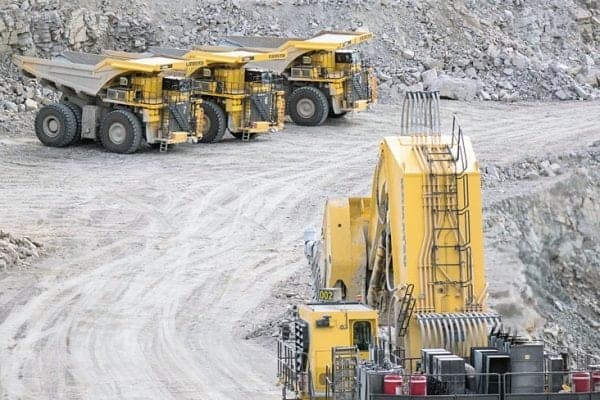It's not time to rest on our laurels.
Sure, it was good to read about some fairly positive economic news this month.
A recent report from the NWT Bureau of Statistics says the territory's economy grew during the past year, with the gross domestic product (GDP) – the value of goods and services produced in the NWT in one year – rising 5.2 per cent from 2016 to 2017.
That was the highest growth of any jurisdiction in Canada after Nunavut, whose GDP jumped 13.3 per cent in the same time frame. The NWT's economic growth actually outpaced Canada's as a whole, which rose only 3.3 per cent.
However, Yellowknifer highlights the words from Jeff Barichello, the economic statistician at the NWT Bureau of Statistics.
He said the NWT has a "more volatile" economy because of its small size.

You see, the modest boom last year was in large part due to the completion of one full year of production at the Gahcho Kue diamond mine. It must be noted, without that, the picture now would be much bleaker, as there was a 92.8 per cent drop in oil and gas extraction from the Sahtu. The NWT essentially hasn't produced a drop of oil or a whiff of gas in a year.
So without the strong success of the new mine, the territory would be in a pickle.
"That's the nature of small resource economies," Barichello told Yellowknifer.
As for housing prices – always a major expense in Yellowknife – they went up by 3.9 per cent from last year. The cause? The prices of water, fuel and electricity.
The GNWT must get a real plan together to lower the price of power in this region. And what is the impending carbon tax going to do to the cost of housing? Higher heating fuel costs will be passed from the suppliers to consumers to pay for increases in transportation and other operating and manufacturing costs that will increase prices across the board.
There was more good news of late. Another burreau report shows that while prices for most staple items in Yellowknife increased over the last year, they rose less in this city than they did in Canada as a whole. Food prices in Yellowknife actually experienced deflation, with some products such as meat dropping in cost. But prices were high in the first place, so the fact they didn't increase is a small blessing.
In any event, while the recent reports show fairly positive news, last month the Conference Board of Canada had a “grim” prediction about the NWT’s economic potential. All three operating diamond mines are set to close by 2035, stated the think tank, and with waning diamond production, “almost all sectors of the territory’s economy will suffer.”
“For now, the best years for the Northwest Territories are behind it,” reads the report.
The GNWT says it is working to diversify the economy and Yellowknifer applauds efforts to expand tourism, agriculture and manufacturing.
But even with two metal mines set to open in the early 2020s, none of that will offset losses from declining diamond production.
The Conference Board also predicted the NWT's real GDP will shrink 2.9 per cent this year, and by an average of 1.1 per cent a year over the next two decades.
So while NWT residents should appreciate the recent positive economic reports, Yellowknifer is concerned the current situation is merely the calm before the storm.